Product packaging plays a crucial role in protecting goods, building brand identity, and influencing consumer purchasing decisions. For businesses, packaging is much more than just a protective layer – it is a way to convey brand values and create a unique customer experience that strengthens brand loyalty. Understanding the various functions of packaging can help businesses improve customer satisfaction, increase retention, and enhance overall operations.
In this post, we will cover:
- What product packaging is and its purpose.
- The role of packaging in product protection and marketing.
- The importance of eco-friendly packaging options and their cost implications.
- Adapting packaging to eCommerce needs.
What is Product Packaging?
Product packaging refers to the materials and containers used to wrap, contain, and protect a product throughout its journey from manufacturer to consumer. So, why is product packaging important? It’s more than just protection – it’s a tool for branding, communication, increasing shelf appeal, and creating unique unboxing experiences that keep customers coming back.
Types of Packaging
Packaging can be categorized into three main types depending on product needs and the stage of shipping:
- Primary Packaging: Directly contains the product, like bottles, cans, or boxes.
- Secondary Packaging: Provides additional protection and groups multiple products together, like cardboard boxes or shrink wrap.
- Tertiary Packaging: Used for bulk handling and transportation, such as pallets and crates.
Different materials are used based on product requirements and environmental considerations. Packaging choices include traditional materials like plastic and cardboard, as well as more eco-friendly options like recycled paper or biodegradable plastic.
The Role of Packaging in Product Protection
One of the most important uses of packaging is protecting products from physical damage during shipping, handling, and storage. For example, fragile items like electronics or glassware often require additional protective materials such as bubble wrap or foam inserts to prevent breakage.
Packaging also shields products from environmental factors such as moisture, temperature changes, and sunlight. Certain products, like food or pharmaceuticals, rely on specialized packaging to maintain freshness or effectiveness.
Selecting the right packaging material is crucial, as it ensures both the physical and environmental safety of the product throughout its journey.
The Marketing and Branding Power of Packaging
The role of packaging expands beyond just protection during transit. The design, colors, and materials used in custom packaging help to create a brand’s visual identity and make it instantly recognizable. Brands like Apple, with its minimalist white packaging, or Coca-Cola, with its iconic red cans, show how powerful packaging can be in creating a connection with customers.
Packaging design can significantly influence consumer buying decisions. Features such as bold colors, readable fonts, and attractive imagery help a product stand out on crowded shelves. By investing in product packaging that aligns with your brand and appeals to your target market, you can increase customer engagement, brand recognition, and ultimately, sales.
Communicating Product Information
Product packaging is often required to display certain information, such as ingredients, usage instructions, and safety warnings, to meet industry regulations. This information also helps build trust with consumers and ensures they are well-informed about the product’s features and usage.
Clear, honest labeling, along with certifications like “organic” or “cruelty-free,” can help establish credibility and build this customer trust. Packaging that transparently communicates a product’s qualities, such as eco-friendliness or ethical sourcing, can foster long-term brand loyalty.
Sustainability and the Use of Eco-Friendly Packaging
Consumers are increasingly demanding environmentally responsible packaging. The environmental impact of single-use plastics and other non-recyclable materials has prompted businesses to adopt eco-friendly alternatives. The use of packaging made from sustainable materials, such as recycled paper or biodegradable plastics, not only helps reduce waste but also aligns with consumer expectations for environmentally conscious practices.
Using eco-friendly packaging isn’t only good for the planet. It can reduce long-term costs by minimizing waste, appeal to environmentally conscious consumers, and bolster brand reputation . Brands that prioritize sustainability often see enhanced reputation and customer loyalty.
The Cost Implications of Packaging Choices
Finding the right balance between cost-effective packaging and maintaining product quality is critical for businesses. While cheaper materials might reduce immediate expenses, they can result in product damage or a negative brand perception. On the other hand, investing in higher-quality packaging can help prevent damages, reduce return rates, and enhance customer satisfaction, but can be pricey.
The cost of packaging isn’t just about the upfront price. Poor-quality packaging can lead to higher return rates, damaged products, and even a tarnished reputation. On the flip side, investing in quality, durable packaging can save money in the long run by reducing waste, lowering return rates, and building stronger customer loyalty.
Adapting Packaging to E-Commerce Needs
For eCommerce businesses, packaging must be durable and optimized for shipping. Strong, lightweight packaging reduces shipping costs while protecting products from damage during transit. Using appropriately sized packaging also helps minimize shipping expenses by reducing dimensional weight charges, as well as minimizing the carbon footprint of online orders.
Beyond operational considerations, a unique unboxing experience has become a critical part of customer engagement, especially in the eCommerce world. Creative and thoughtful packaging can add an additional wow-factor for the customer and encourage them to share on social media.
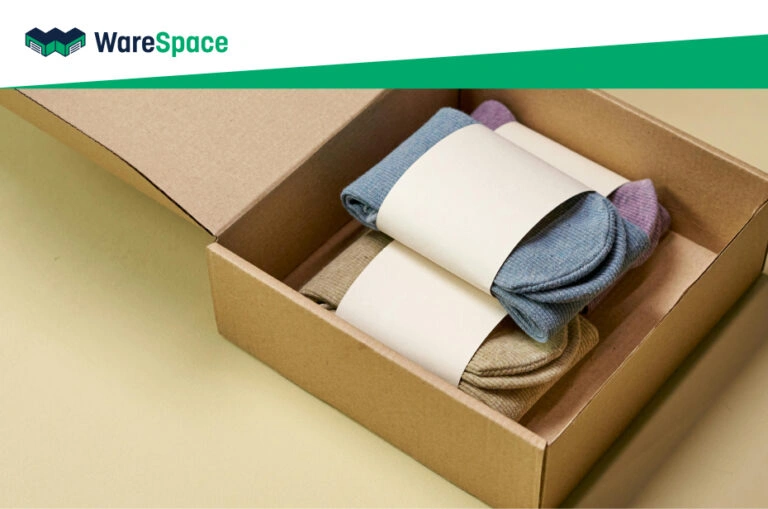
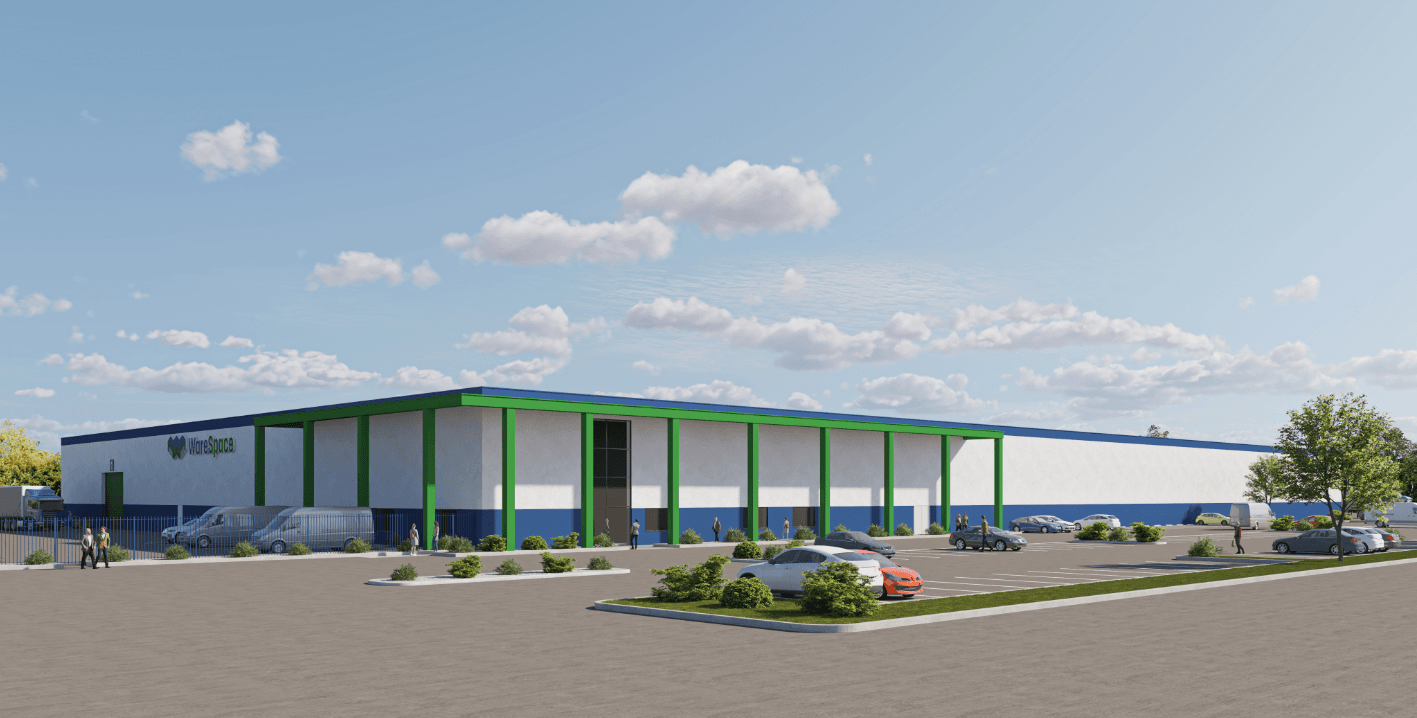
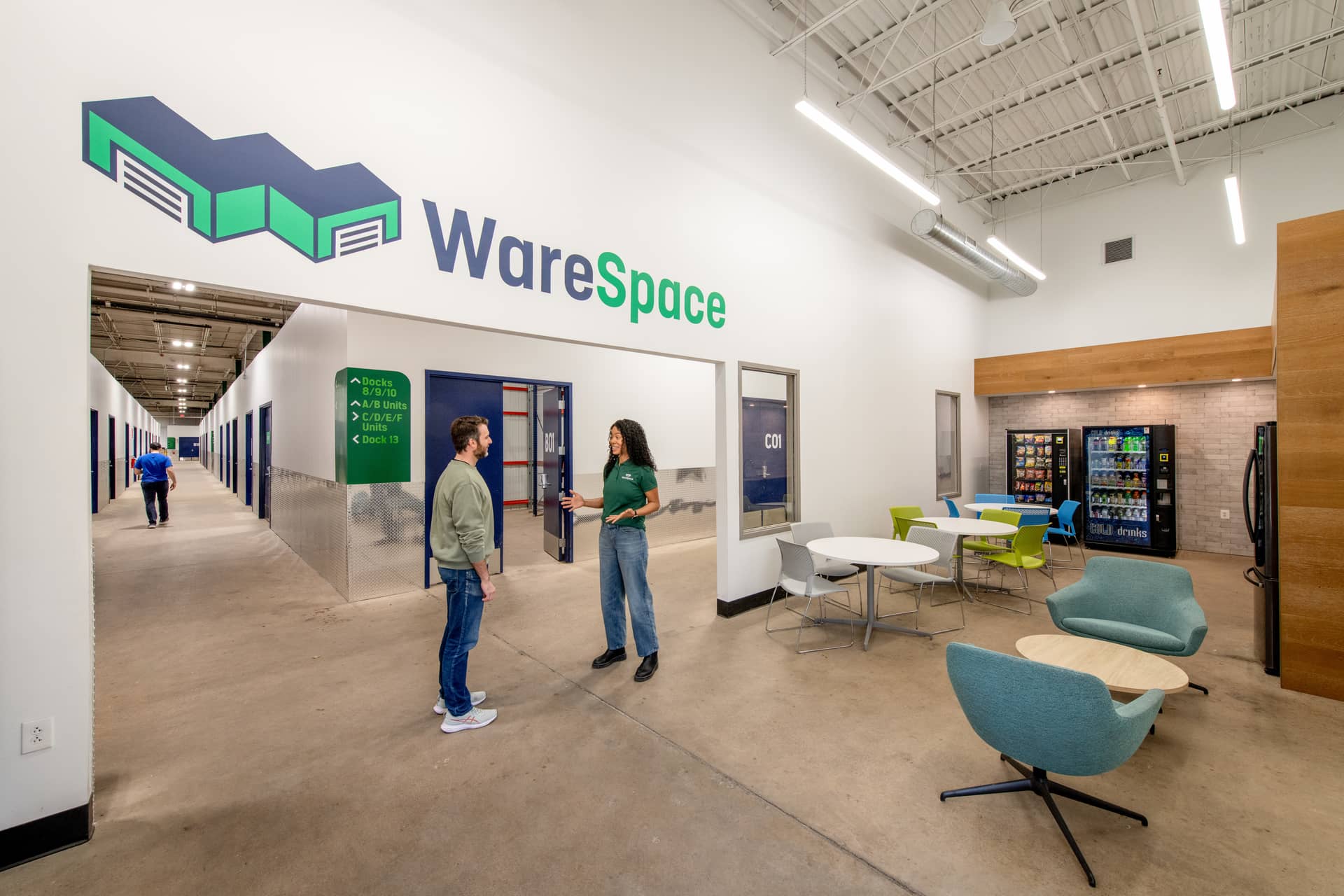

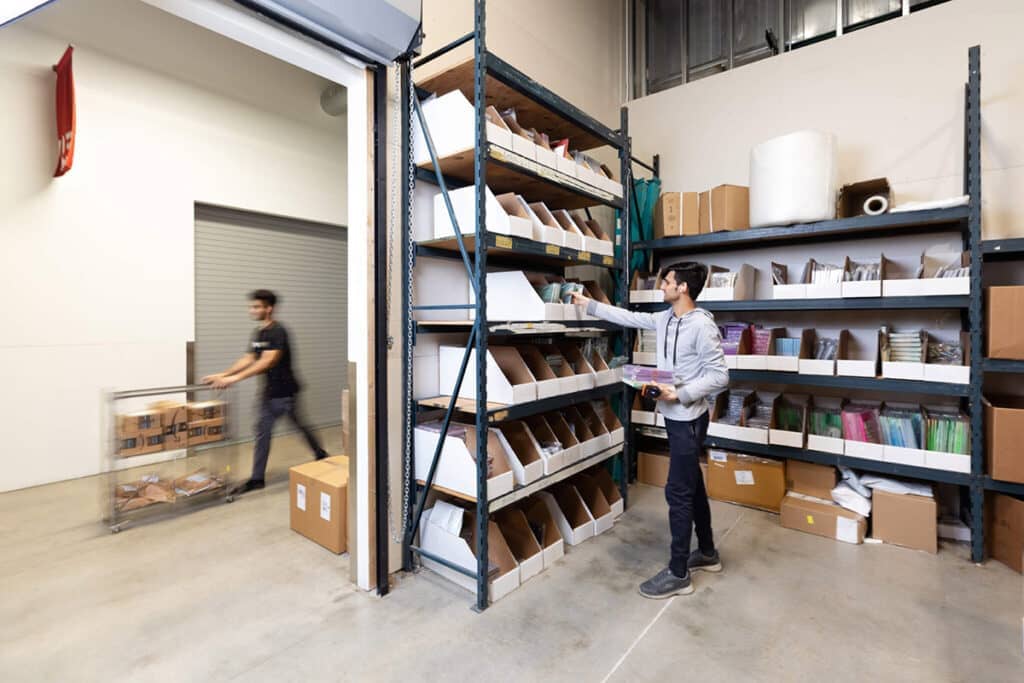
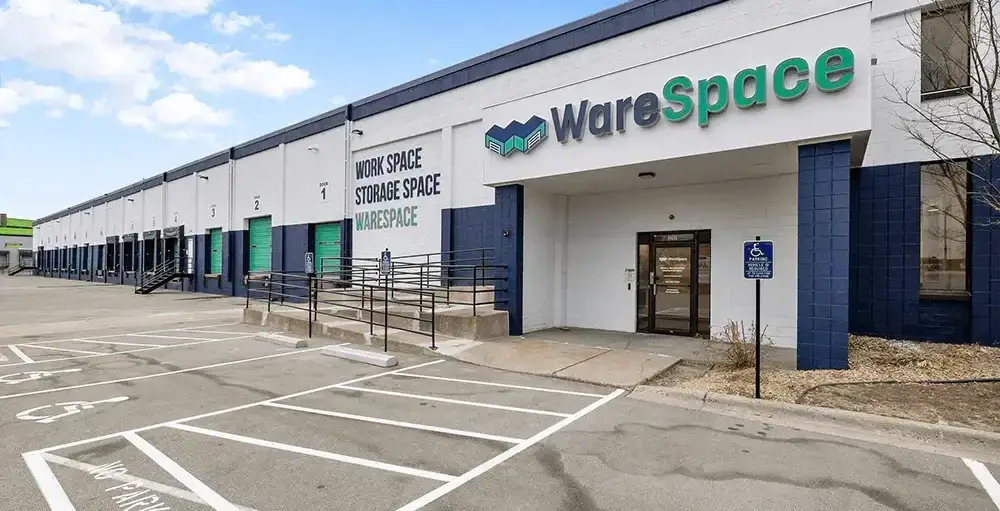
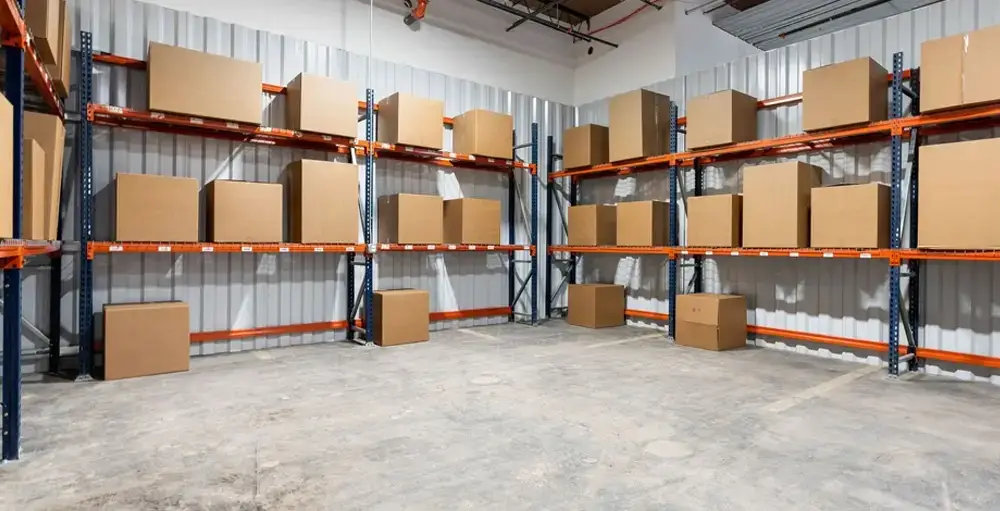
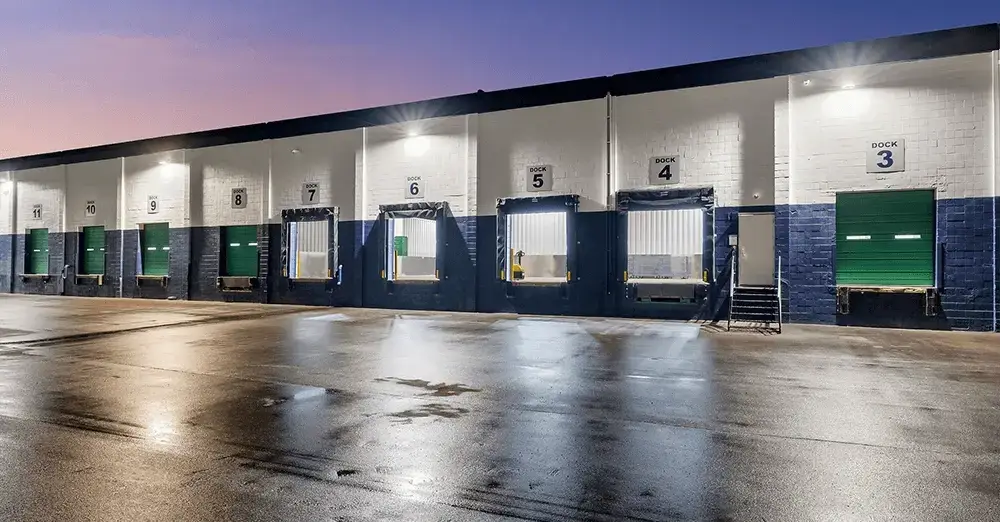
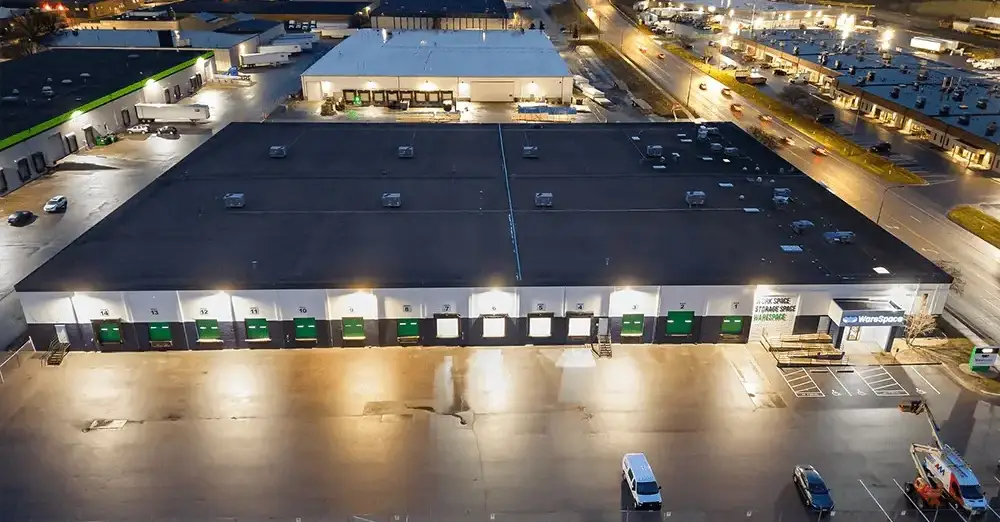











 ►
Explore 3D Space
►
Explore 3D Space